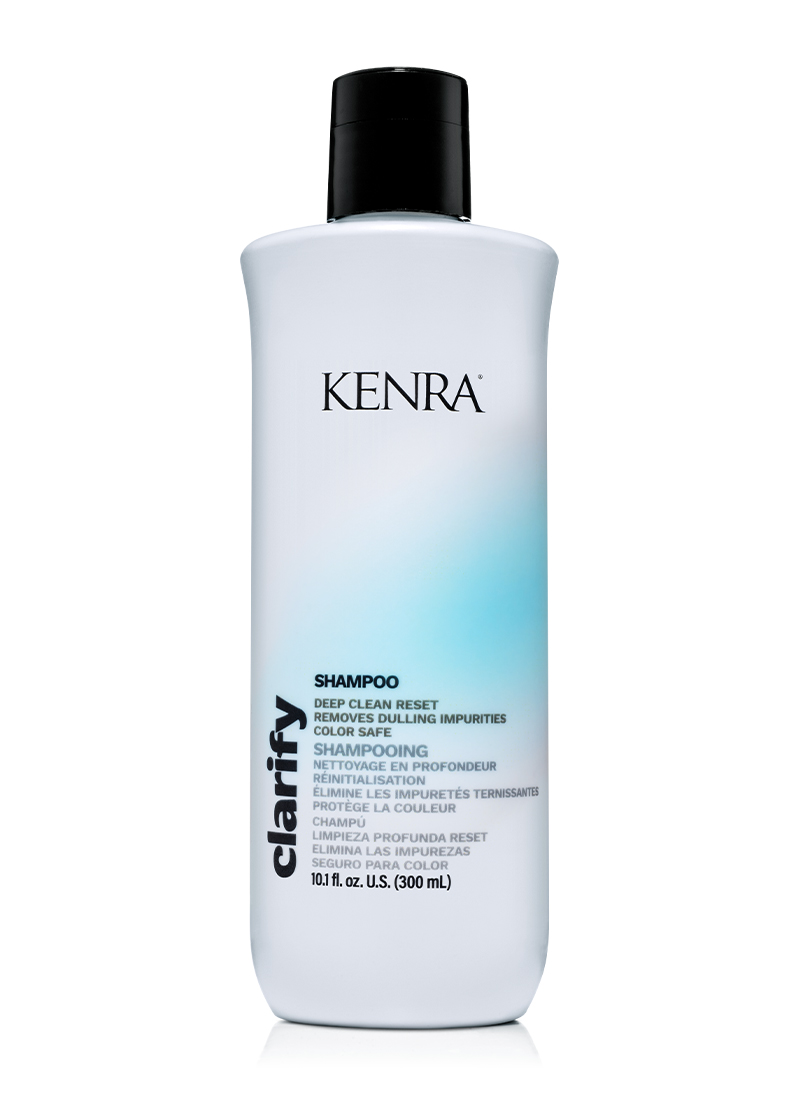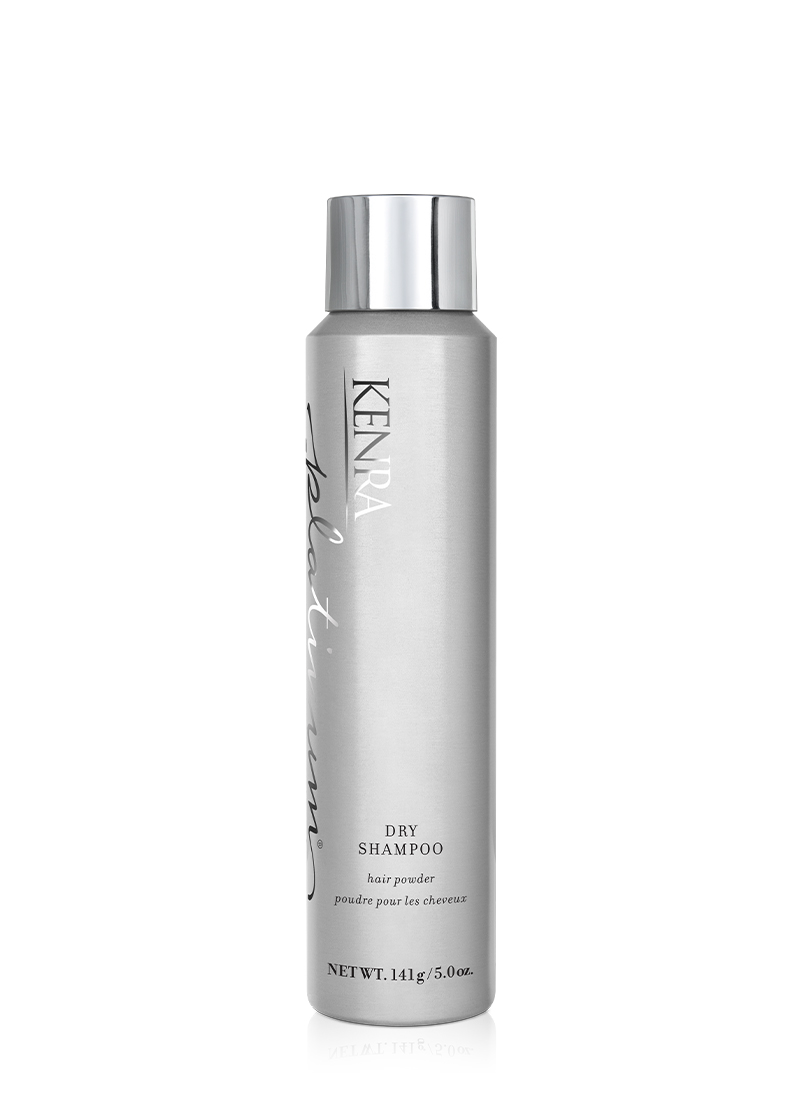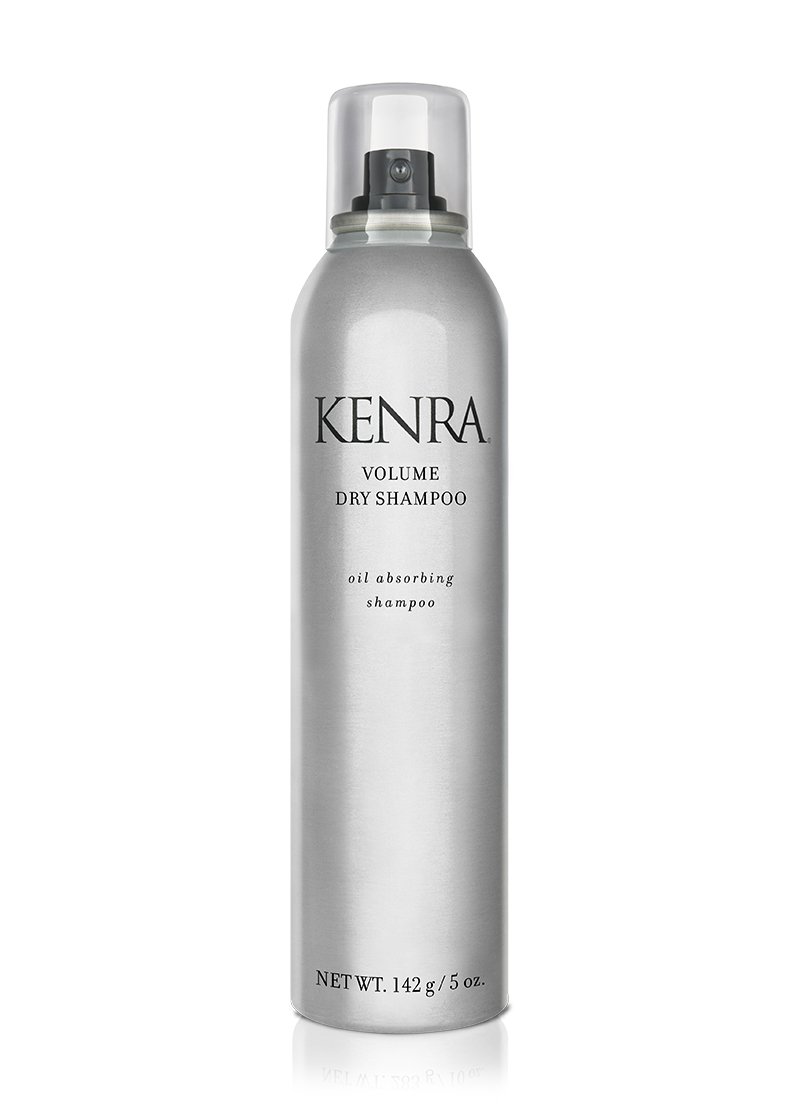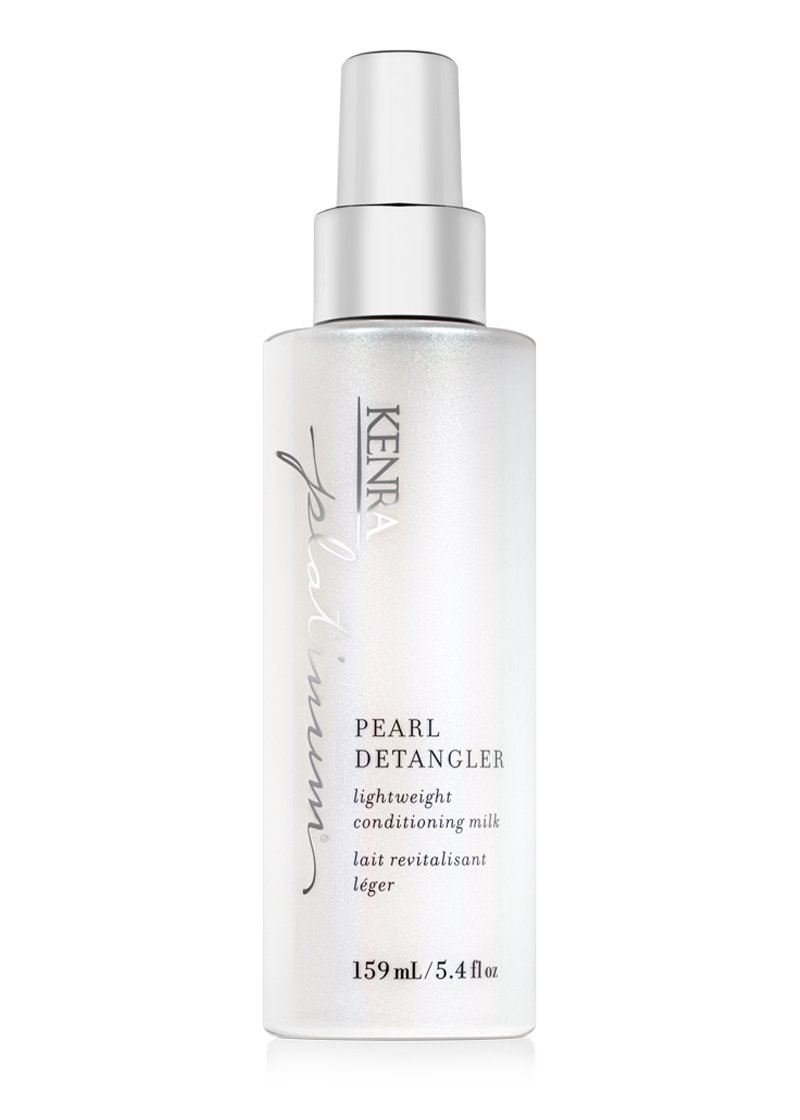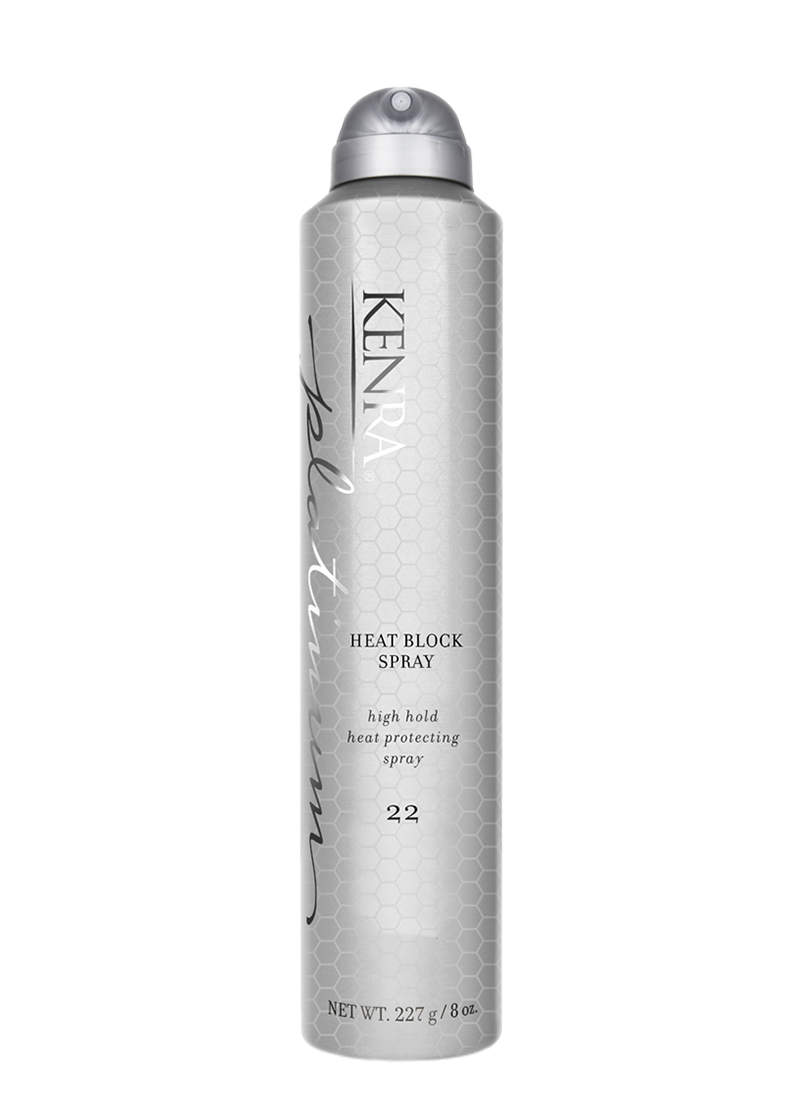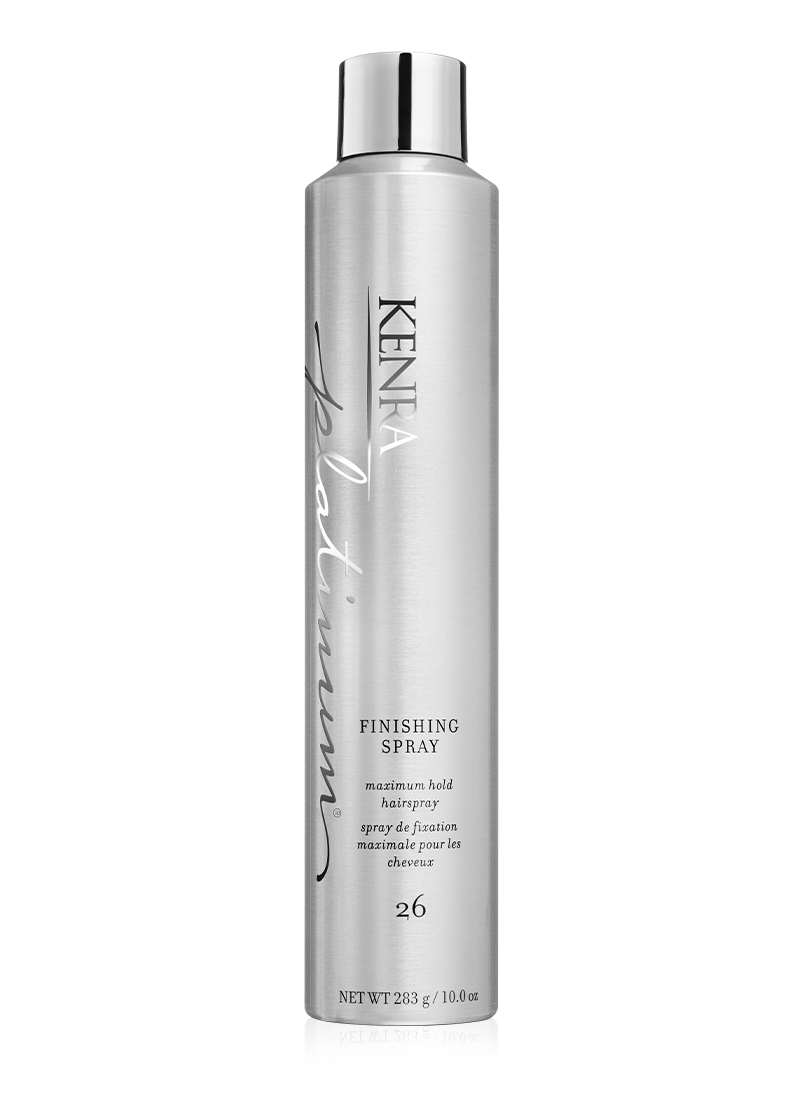Build an Effective Hair Care Routine for Your Hair

By: Kenra Professional
In the same way that there are advantages to having a makeup routine or a skincare routine, there is great value in building an effective hair care routine. Everyone wishes that their hair would be as healthy and radiant as possible, but not everyone can achieve this goal in the same way.
Hair varies from person to person in terms of length, texture, style, and so on and so forth. Assembling a routine for your hair can require time and effort but is nowhere near impossible.
Today, we are going to offer you some tips for designing a hair care routine that is just right for you.
Know Your Hair
The first step to building your routine should be to familiarize yourself with your hair. You need to know what you’re working with if you want to give your hair a fair shot at being its best. This is because the needs of hair can vary from person to person.
There is no one-size-fits-all hair care routine. The quality and texture of your hair will play a major role in determining what methods you should apply and what products you should use for improving and maintaining your hair’s health.
Hair Type
The simplest way to get to know your hair is to identify its texture and figure out your hair type which is genetically determined by the shape of your hair follicles. Generally speaking, there are four hair types: straight, wavy, curly, and coily.
Determining your exact type, however, is also based on how tight or loose your strands are. For instance, extremely wavy hair looks and functions differently than somewhat wavy hair, which is why these distinctions are important.
Knowing your hair type can better allow you to identify the natural tendencies of your hair so that, when treating it, you know just what it needs. The following are some examples of how to put this in action for every hair type.
If you have straight hair, which has the tendency to become oily, you may want to avoid products with an excess amount of oil. If you have wavy hair, which can be prone to flattening, you can try out gels instead of creams. If you have curly hair, which often falls victim to frizziness, especially when exposed to humidity, you can benefit from hair drying products and methods that specifically combat humid weather. If you have coily hair, which sometimes makes it tricky to achieve uniformity in its definition, you might want to implement a leave-in conditioner.
Hair Quality
Once you have identified your hair type, you can move on to analyzing the current status of your hair’s health. Determining whether your hair shows signs of damage is essential for building an effective hair care routine so that you know what issues you need to target.
Hair is naturally vulnerable to damage, so if you think your hair may have acquired some injury throughout the years, don’t worry; you are not alone! The health of your hair depends heavily upon your inner hair cuticles which come from dead cells that overlap in layers and create protective scales for the hair shaft. Since these scales are responsible for protecting your hair, damage can begin to accrue when they fall apart and the protective outer layer is lost.
Some of the most common signs of hair damage include:
- Dryness
- Split ends
- Breakage
- Frizz
- Change in texture
- Lack of definition
- Lack of elasticity
- Decrease in volume
These damages can be caused by anything from chemicals in hair dye to too much time in the sun. You know your hair better than anyone, so you are definitely the best judge of whether your hair has been struggling more than usual, but if it’s accessible to you, you may also want to consider a visit to the salon for a consultation with a professional stylist to go over potential hair damage.
Once you have identified any existing issues with your hair or areas that you would like to improve upon, you can design your hair care routine accordingly. For example, if your main struggle is with dryness, you can make sure to incorporate products and methods that promote hydration and moisture.
Put It to Good Use
Now that you know your hair like the back of your hand and have a better idea of what you are looking for, you can use this knowledge to build your hair care routine. Remember: everyone’s routine is going to look different.
We want you to formulate the system that will most benefit you, so rather than giving you a step-by-step procedure to follow, we will provide you with easy and effective ideas that you can choose to apply to your unique routine.
Shampoo Tips
A product that you should consider periodically implementing into your hair care routine is clarify shampoo. Over time, your hair can become weighed down by the gathering of dirt, oil, and old product on your scalp. Clarifying shampoo is essentially made to act as your restart button. The product can offer you a deep cleaning that targets this undesired build-up.
The reason we suggest using a clarifying shampoo periodically as opposed to during every wash is because of how strong the product can be. The overuse of clarifying shampoos can lead to the accidental stripping of the healthy and beneficial oils and nutrients on your scalp. Try using the shampoo no more than once a week but no less than once a month and adjust as you see fit.
We also want to warn against overwashing when building your routine. In the same way that washing your hair too infrequently can have negative consequences like greasy, dull hair, washing too frequently can cause damage, as well. Avoid the dryness and itchiness that comes from this habit by using dry shampoo.
Dry shampoo is not meant to clean your hair in the way that regular shampoo does, but rather prevents you from having to wash your hair sooner than you typically would. The product absorbs the oils in your hair, preventing the appearance of grease and dirt. As with any other product, be careful not to overuse your dry shampoo.
Conditioner Tips
Another product to occasionally include in your hair care routine is a deep conditioner. Deep conditioners aim to restore your hair’s natural oils, as well as improve its levels of moisture. It works similarly to a regular conditioner except that it will produce longer-lasting
results.
It is safe to deep condition your hair anywhere from two to four times a month. Extremely dry hair can be deep conditioned weekly but as with the clarifying shampoo, adjustments should be made if necessary.
Detangling Tips
Detangling hair can lead to major breakage if done incorrectly. Inversely, detangling safely can provide your hair with numerous benefits. Brushing your hair gently can help to stimulate your scalp and increase the transport of nutrients to your hair follicles, as well as strengthen the hair by spreading sebum along the shaft. There are two sure-fire ways of making your process of detangling gentler.
The first is to detangle while you are in the shower. Hair is more elastic when wet, so comb through your hair while you have your conditioner in to cut down on tugging and pulling. The second is to use a detangler. We recommend the Kenra Platinum Pearl Detangler. Detanglers will add more moisture to your damp hair to increase the manageability of working through those knots.
Using the right comb while detangling should also be an important part of your hair care routine. There are a variety of different types of combs all designed with different purposes, so it is best to select the one that best suits your needs. For the purpose of detangling, however, we recommend trying a wide-tooth comb.
The teeth on wide-tooth combs are spaced out more than they tend to be on other combs which allows it to work on even thick hair types. Using this specific sort of comb on your vulnerable wet hair will decrease your chances of getting detangling-induced split ends.
Drying Tips
When it comes to drying your hair, avoid using a towel. Whether you are looking to pat your hair dry or put it up after a wash, friction from towels can do more harm than good. Instead, look into acquiring a microfiber towel.
The tiny fibers in these towels will not snag your hair strands and absorb water better than traditional towels do. If a microfiber towel is not available to you, use a soft old T-shirt from home to achieve a similar effect.
Too much exposure to heat from styling tools like these can cause thermal damage to your hair, so when using a blow dryer, it is best that it has adjustable heat settings. This way you have more control over how much heat you apply to your hair at one time. As an extra precaution, it is smart to make applying heat protectants, such as the Kenra Platinum Heat Block Spray 22, a consistent part of your hair care routine.
Finally, for those with curly hair, we highly recommend investing in a diffuser attachment. A diffuser will spread the airstream of your blow dryer over a wider area in a more controlled manner which will provide you with fuller, more defined curls. When you have finished styling your hair, apply a strong-hold finishing spray to keep it set.
Build a Routine That’s Right for You
Putting together your perfect hair care regimen may involve some trial and error, but the payoff is worth it. Depending on your hair texture and preferences, you may want to include:
- Hair masks
- Protein supplements and vitamins
- Avoiding hot water; rinse with lukewarm water or cold water
- Cleansing minimally
- Using a styling product such as mousse
- Use a clarifying shampoo to remove product buildup
- Use heat protection spray
- Sleep with hair in braids or Bantu knots
- Use a detangler before you brush your hair
Try implementing products and methods that you believe will help your hair to reach its fullest potential and do not hesitate to reach out for advice from a professional.
Sources:
Healthy hair: what is it? | PubMed

